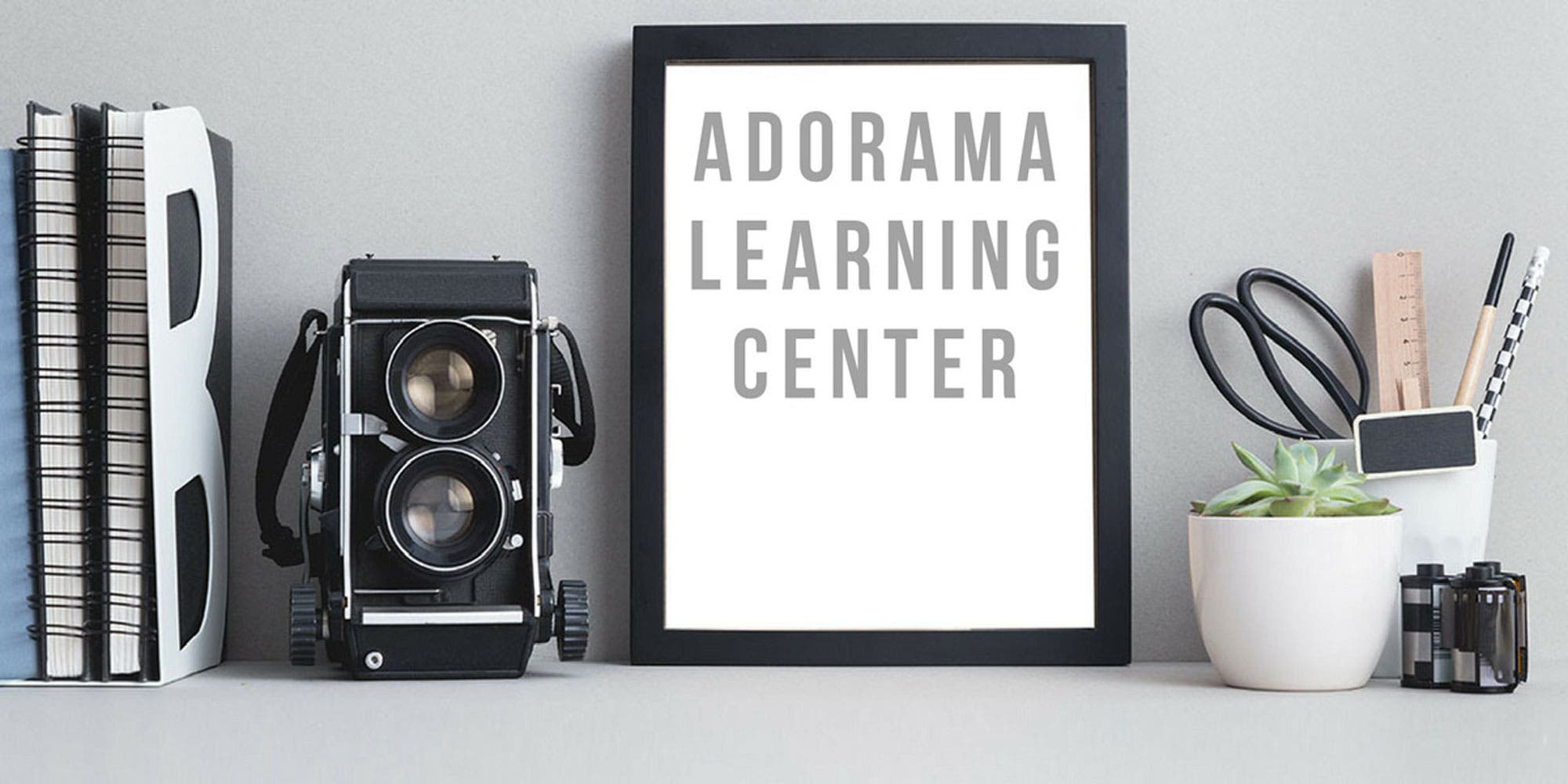digital camera that delivers excellent quality 4×6 prints, that’s excellent news.
It’s no surprise, with suppliers churning out 7MP sensors (and most digital cameras in this class use the same sensor), that the cost of packing in the pixels is fairly minimal. The economics of scale have taken care of that.
Packed with features
But the real surprise is that many of these sub-$200 cameras (such as the $199.95 Olympus FE-210, shown) are packed with features that less than a year ago would have cost at least twice as much. Some form of shake reduction, for instance, can be found on most cameras. At this price, anti-shake is accomplished by boosting the ISO, which allows for a faster shutter speed.
The tradeoff or high-ISO shake reduction is high grain (digital noise), but this grain won’t be all that noticeable until you’ve made a 5×7 or 8×10 print. At 4×6 inches (which according to industry sources is the print size of choice over 95% of the time), digital noise might be visible, but not objectionable for most casual users.
More resolution than you need?
Assuming you shoot at ISO 400 or slower, you should get excellent print quality for prints up to 11×14, and even larger if you shoot with a tripod at the lowest ISO setting. If you know you’ll never make an enlargement, you can find real bargains (around $100) for lower-resolution cameras (4-6MP is sufficient for standard 4×6-inch prints).
Many sub-$200 cameras also have a choice of scene modes, have fairly large (2-3 inch) LCDs, and will pass along essential image info to your printer or lab via the DPOF and PictBridge standards.
They have their limits–but not many
The main limitation of sub-$200 cameras is their zoom range, which is typically limited to 3x. Again, the lens is basically identical on most cameras in this class, with a 38-114mm (35mm equivalent) range. The main difference from brand to brand and camera to camera are things like the shape of the camera and how the menus work.
What do you get for more than $200? Special features, such as extended zoom range, optical image stabilization (which is better quality but doesn’t reduce subject motion blur), weatherproofing or waterproofing (see the Olympus Stylus 760 and 770), and of course, higher resolution (which is not necessarily a good thing).
So that’s where we are right now. Even though we’ve heard from most camera makers in advance of PMA, I’m fairly certain they’re not done yet. There are sure to be surprises awaiting us in early March at the Las Vegas Convention center, as well as during the next four weeks leading up to the show. After all, we haven’t had any new DSLR announcements in a few months…






